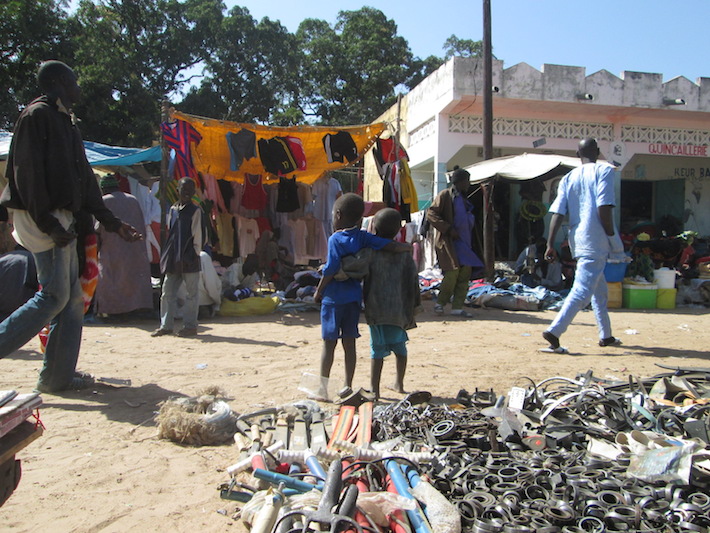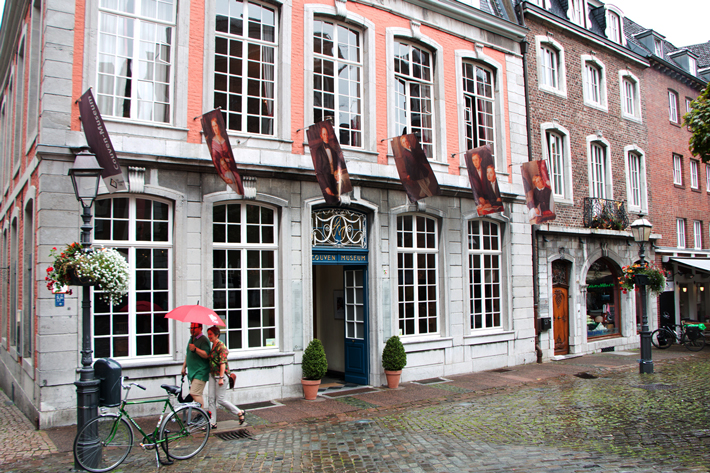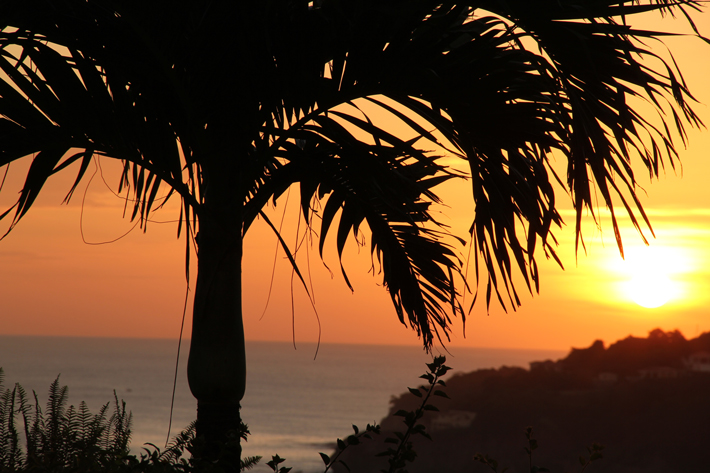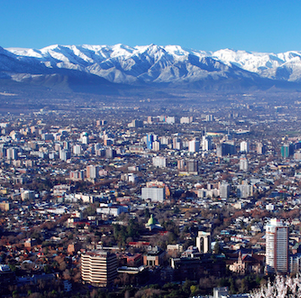Mini City Guide: Dublin, Ireland
I love big cities, and always enjoy returning to Hong Kong, New York, and Sydney—among many others. But what about those unknown gems that are off the beaten tourist path… those obscure places that are just waiting to be explored by real travelers?
Our new “Mini City Guides” are here to uncover those gems, and we’re looking to our favorite explorers—AONC readers—to give us the inside scoop.
Nominate your favorite obscure destination. The destination this week, nominated by reader Harry Guinness, is actually a well-known city – but he gives us a local view of the best un-touristy spots in the city.
—
Uncommon Guide to Dublin
Which accessibly obscure city would you like to share?
Dublin, Ireland. But not the sappy, touristy Dublin, Ireland.
What makes it unique?
I’m from here which is a pretty good claim to fame! In all honesty, it’s a modern city with a great historical legacy. In the last few years, Ireland has become far more open to new ideas and new people than it has been historically. Visiting now, you’ll see a city in transition. You can immerse yourself in the history while at the same time enjoying a vibrant food scene.

What makes it special to you?
The contrast between the past and the present has never been more stark, and the promise for the future has never been so good.
What’s the best place to grab a bite to eat or drink?
Dublin’s restaurant and pub scene have gone through a renaissance in the last few years. Where once McDonald’s was considered foreign food, there are now loads of great restaurants in the city centre.
If you’re feeling a bit more adventurous, I suggest you make your way out to my hometown of Howth. It’s a small fishing village around 10 miles from the city centre. The fish restaurants on the pier are some of the best in the world. You can watch the trawlers come in, unload their catch and come back a couple of hours later to eat the same fish!

If fish isn’t for you, then any steak is a good bet. You’ll never see “grass fed beef” spelled out on an Irish menu because there’s no other way cattle are fed here. Get a sirloin or ribeye and prepare to be enlightened. A good place to start with is FX Buckley; it’s a butcher/steakhouse. They buy, butcher and age all their own meat.
Dublin is a pretty meat-focused town, but if that isn’t your thing, Cornucopia is the vegetarian restaurant with the best reputation.
Finding somewhere to have a drink isn’t hard. James Joyce wondered whether it was possible to work across Dublin without passing any pubs; the puzzle was only solved a few years ago. You’ll get a good drink almost anywhere, the key is to avoid the touristy spots. They crank up the prices by around 50%. If you hear non-Irish accents in a pub, flee.

Are there any festivities that can’t be missed?
You may need to make a few visits to Dublin to get a good festival experience. Many a bucket list features “Saint Paddy’s Day in Dublin” — it’s Paddy, never Patty — and I won’t deny that the festival is worth seeing, but you won’t be getting the real Dublin. Around St. Patrick’s Day, tens of thousands of tourists flood in and the leprechaun schtick kicks into full effect. If it’s something that you want to do, fine, but make sure you come back and see Dublin at its best.
A far better festival to see, and get a modern Ireland experience from, is to visit during Pride Week. While a few decades ago homosexuality was still criminalized and a Pride festival would have been unimaginable, it’s now a riotous event and one of the best parties of the year.
What’s the best time to visit?
There’s no good or bad time to visit. Ireland’s a very temperate country. Summer is slightly drier but unless you are very fortunate, you’ll still have to deal with the rain. Far better is to go to Dublin when it suits you to visit.

What’s the best way to get around town?
Dublin’s city centre is pretty tight. You’ll easily be able to walk around the town—and you’re unlikely to ever have to walk for more than 20 minutes. If you need to go further afield, the public transport uses the city centre as a hub. It’s better than most American cities, but far worse than the better European networks. Some combination of bus, DART (urban train network) and Luas (tram) will get you to wherever you need to go. There are, however, very few night services.
Dublin also has one of the highest taxi to population ratios. You’ll rarely struggle to flag one down on the street. They’re not cheap though!

Any other areas around that can’t be missed?
The historic mummies in the crypts of St Michan’s Church are one of my favorite attractions. Many locals don’t even know about them.
Despite being on the tourist trail, Dublin Castle, Trinity College and the famine ship, the Jeanie Johnson, are worth seeing. With Dublin Castle you get to see the current, stunning, 18th century building as well as some of the ancient foundations. There has been a castle on the site since the 1100s. Trinity’s old library contains the Book of Kells as well as some other wonderful books – including Charles Darwin’s handwritten notebooks – that often get overlooked. The Jeanie Johnson shows the conditions so many of the Irish immigrants traveled to America in.

If you make it out to Howth, you can get a boat to an island, Ireland’s Eye, a mile off shore. There’s an intact Mertello Tower (a small fort build in the 1800’s against a French invasion that never came), countless sea birds and stunning scenery.
Similarly, the mountains south of Dublin are easily accessible and well worth a visit. As is anything with “Castle” after the name.
—
Thanks again to Harry Guinness for giving us an insiders guide to what to do in Dublin. This makes me want to go back and see all the great places I missed when I was there!
Images courtesy of Harry. You can check out more great photos on his website.
###







